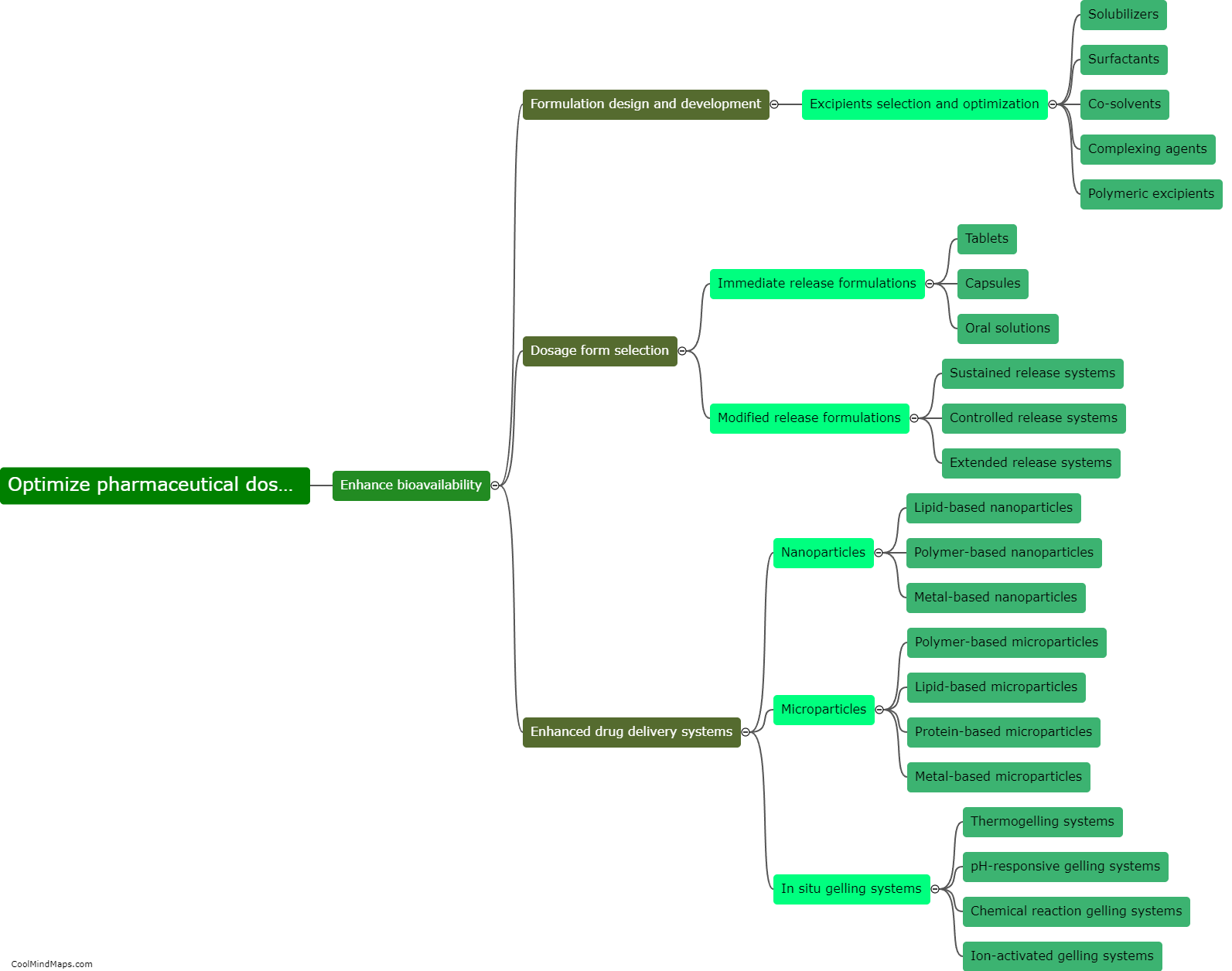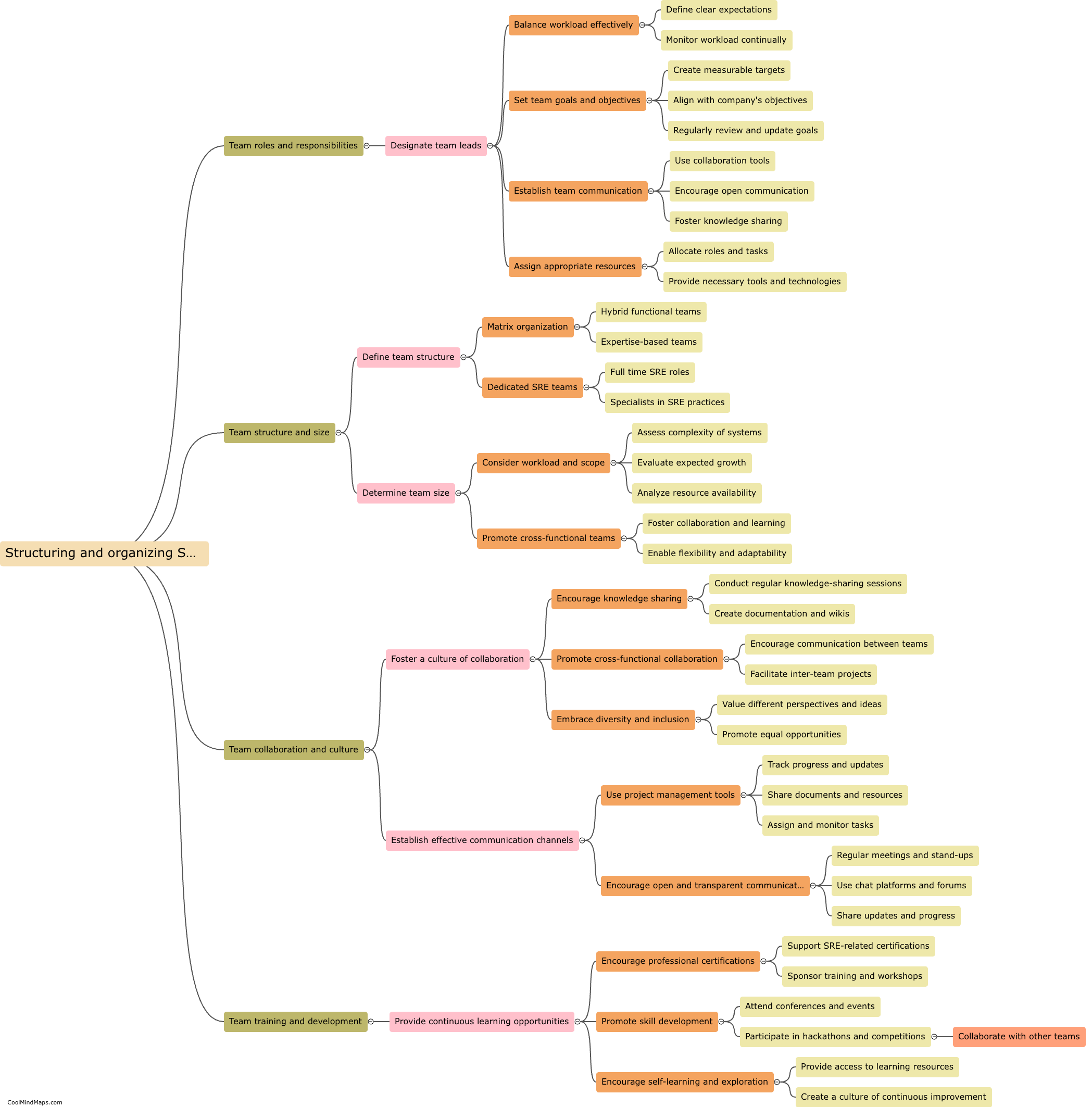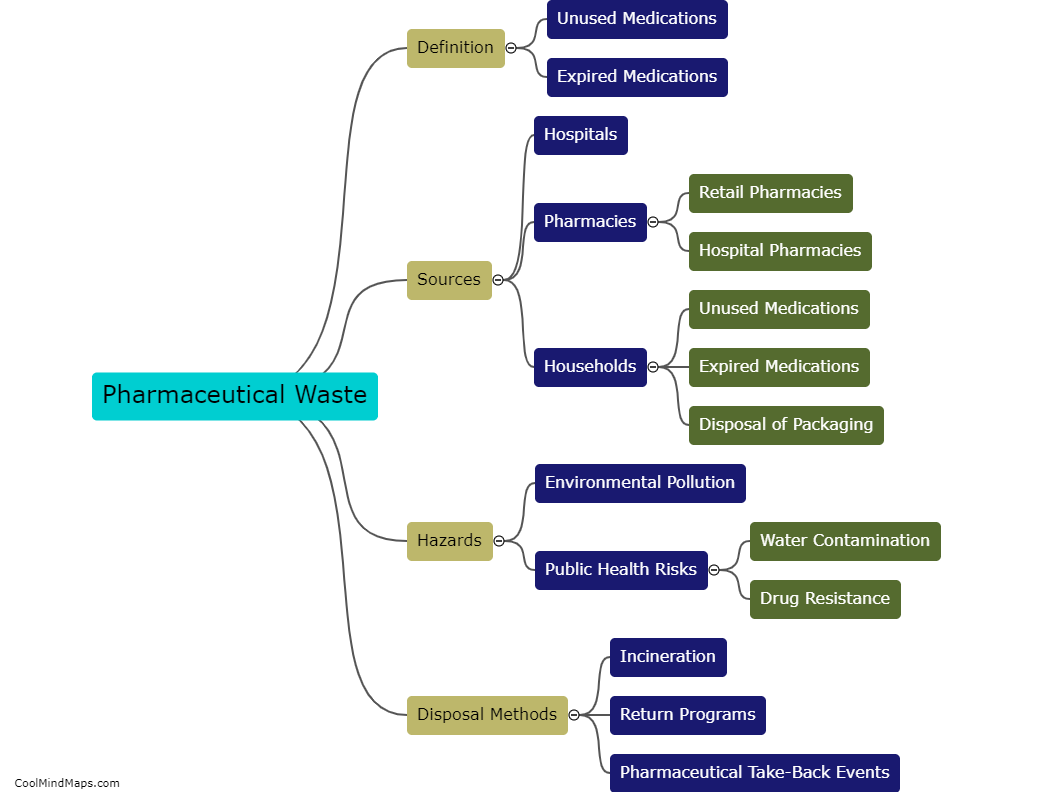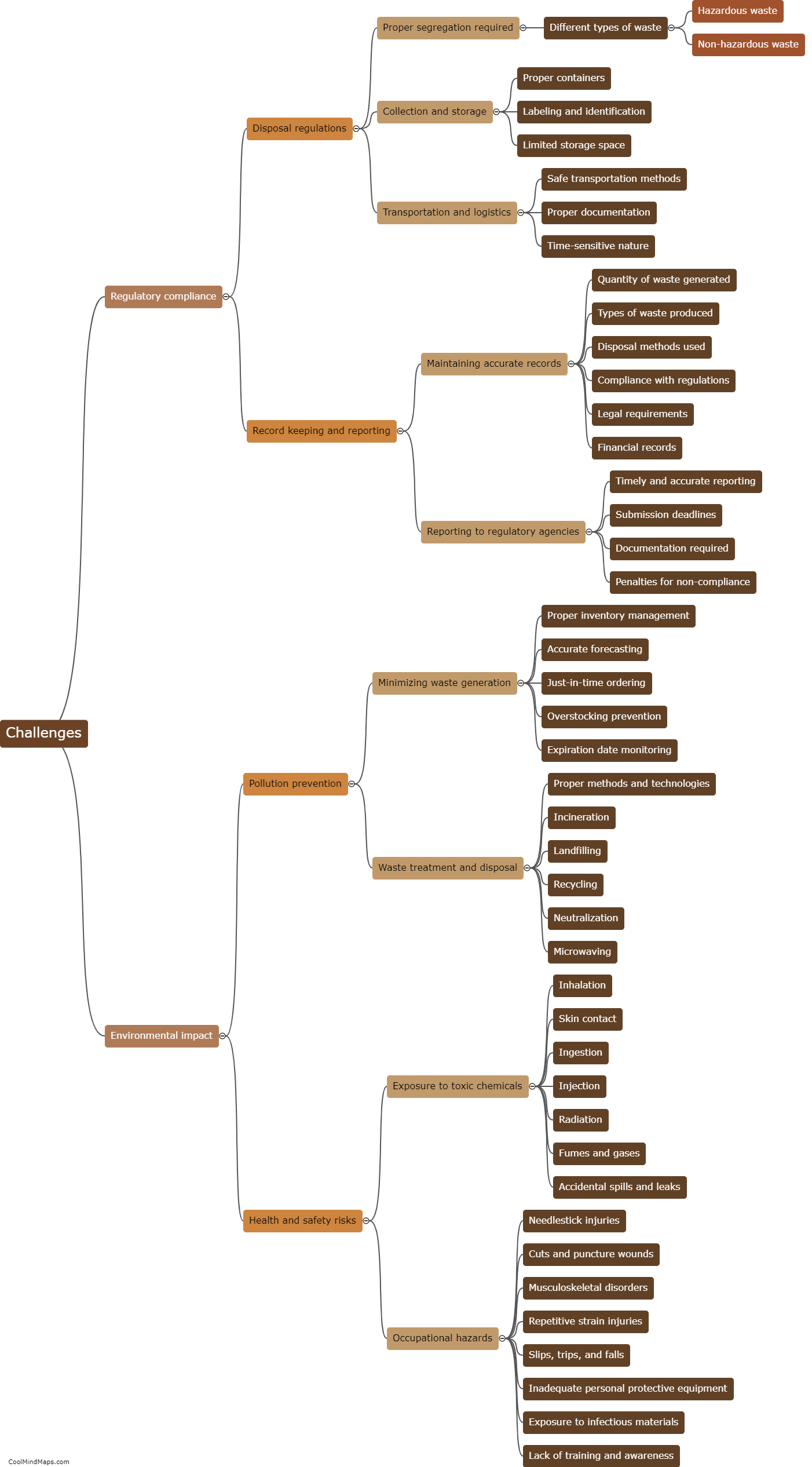How can pharmaceutical dosage forms be optimized to improve bioavailability?
Pharmaceutical dosage forms can be optimized to improve bioavailability through various strategies. One approach is to enhance the solubility of poorly soluble drugs by using techniques like micronization or nanoparticle formation. Increasing drug dissolution in the gastrointestinal tract can also improve bioavailability. Another method involves the use of permeation enhancers or prodrugs to increase drug absorption across biological barriers. In addition, sustained-release dosage forms can be developed to prolong drug release, maintaining therapeutic levels over a longer period. The selection of appropriate excipients, such as surfactants or cyclodextrins, can further enhance drug solubility and stability. Moreover, advancements in drug delivery systems, including lipid-based formulations or nanocarriers, have shown promising results in improving bioavailability. Overall, optimizing pharmaceutical dosage forms plays a crucial role in maximizing drug absorption and ultimately improving therapeutic outcomes.

This mind map was published on 19 November 2023 and has been viewed 90 times.











